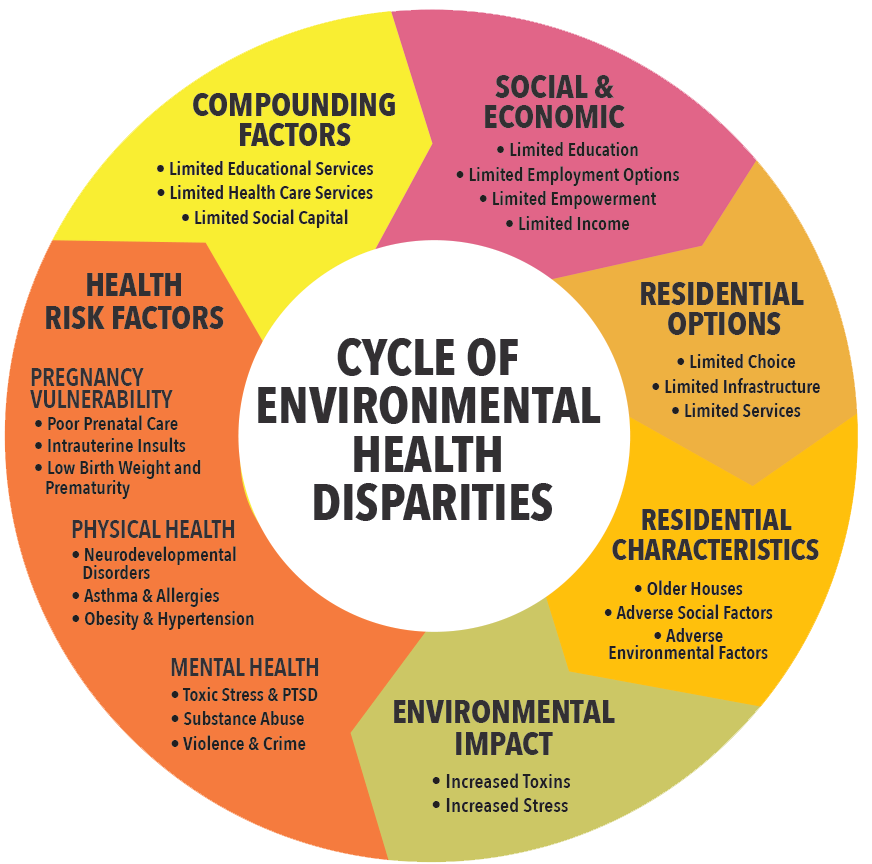

I mproving care to populations with health disparities.The NHLBI will partner with other federal agencies and NIH institutes such as the National Institute of Minority Health and Health Disparities to support more research that can be used to reduce health disparities. Partnering to conduct more research studies.
#Physics science and related to health disparities how to#
The NHLBI continues to support research that includes patients, health care providers, policy makers, and their communities to learn how to better support the needs of these communities.
/GettyImages-910353244-5c1b144446e0fb0001d91856.jpg)
The NHLBI is working to better understand the unique risk factors in different populations. African Americans are almost three times more likely to die from asthma-related causes than white Americans.Children from low-income families are more likely to have asthma.For example, among females born in 2015, life expectancy is 84.3 for Hispanic females, 81.1 years for non-Hispanic white females, and 78.1 years for non-Hispanic African American females. Life expectancies vary by race and sex.In the United States, rural populations have higher rates of death due to heart disease, chronic lower respiratory disease, and stroke than urban populations.High blood pressure, a major risk factor for heart disease, is more common and not as well controlled in African American and Hispanic adults as in white adults.Many health concerns within the NHLBI portfolio, including heart disease, asthma, obesity, and diabetes, disproportionately affect certain populations. Despite the progress that has been made, many populations experience poorer health outcomes because of their race or ethnic group, religion, financial situation, education, sex, age, or because of where they live, such as in a rural area. You are required to use a minimum of three scholarly resources.The Nation benefits when everyone has the opportunity to live a long, healthy, productive life. How could one of a health administrator/manager's general policies or policies specific to this health condition impact the health status of the target population? How would you educate/disseminate information about this health problem to the public? (target group, financial constraints) What are some social, political, or economic barriers in our current health care system that impede disease prevention and health promotion for this health problem? Why is it an important public health problem? What research questions have not been studied that may provide new, insightful information regarding this health problem? What explanations have been offered or supported? What disparities do we know exist for this disease? For the health indicator selected, the paper should include a discussion on the following:ĭescriptive epidemiology (person, place, time)

Select one of the leading health indicators as identified by Healthy People 2020 and write a research paper of 750-1,000 words on the health disparities related to that condition. One of the goals of Healthy People 2020 is to reduce health disparities among populations.


 0 kommentar(er)
0 kommentar(er)
